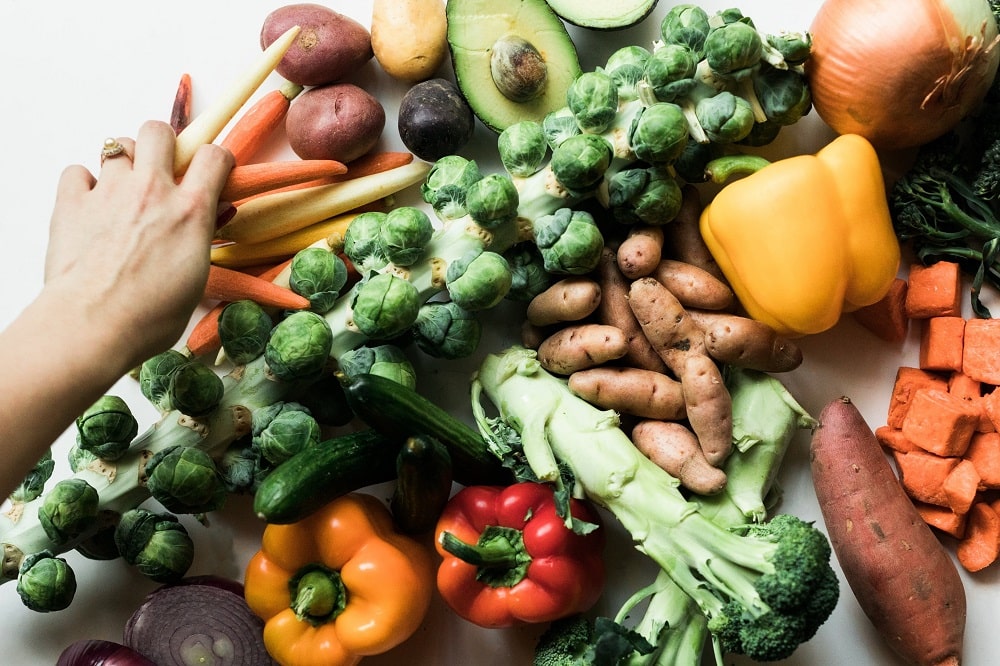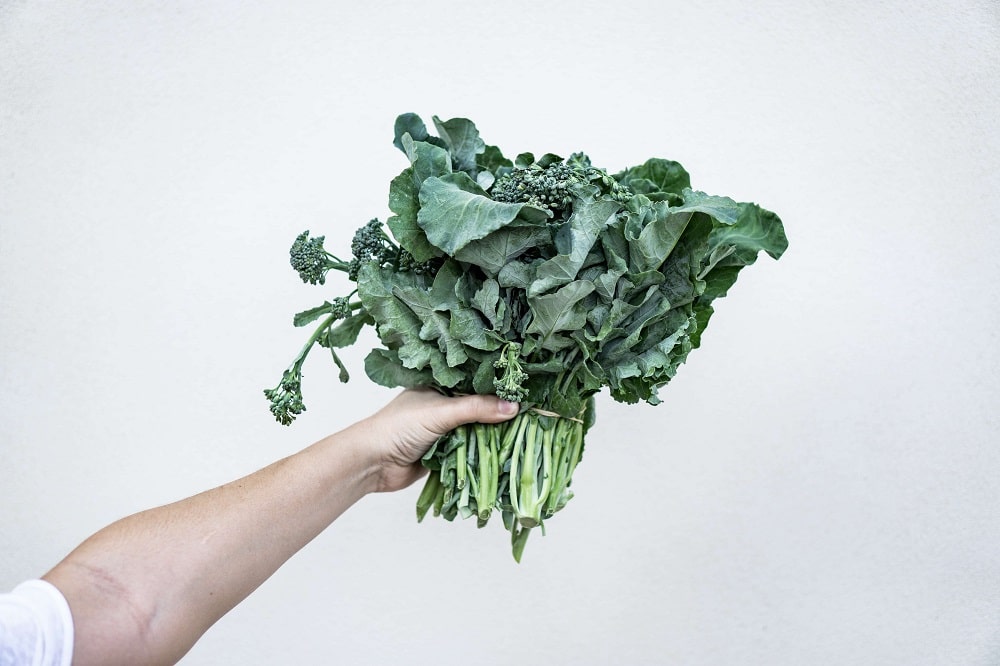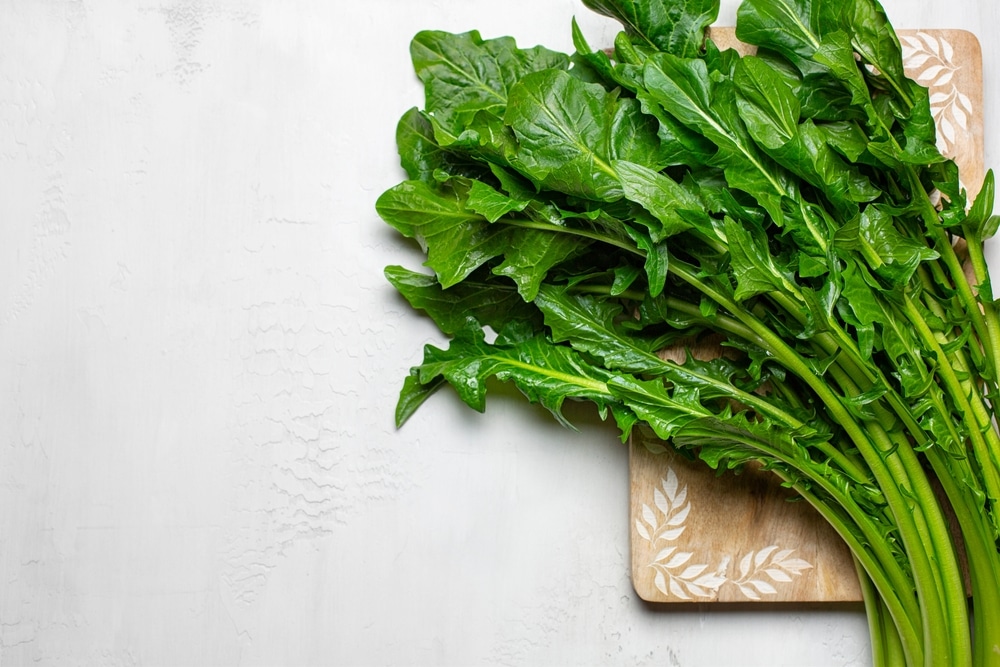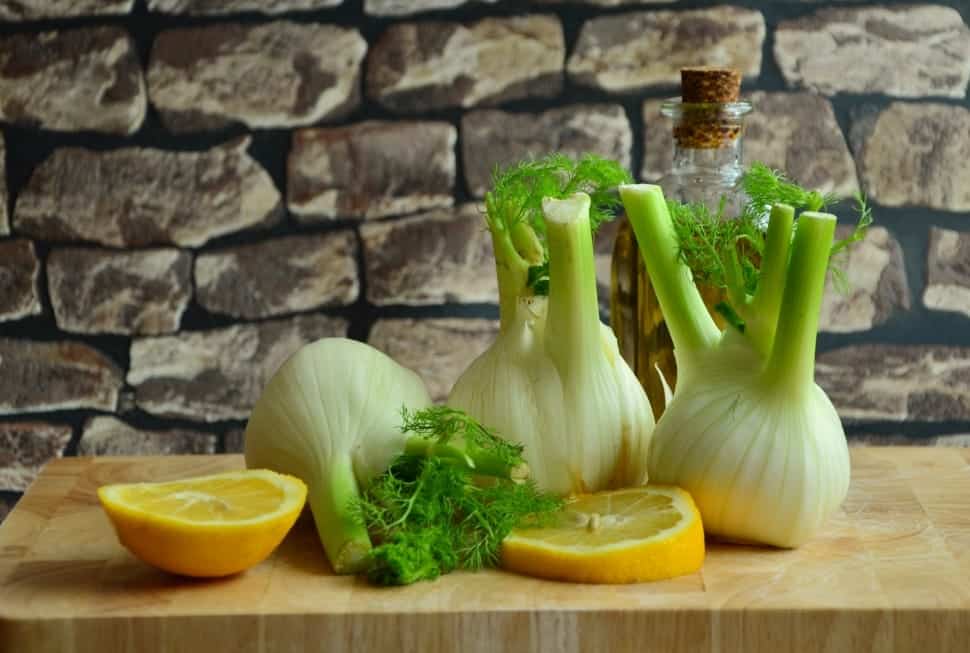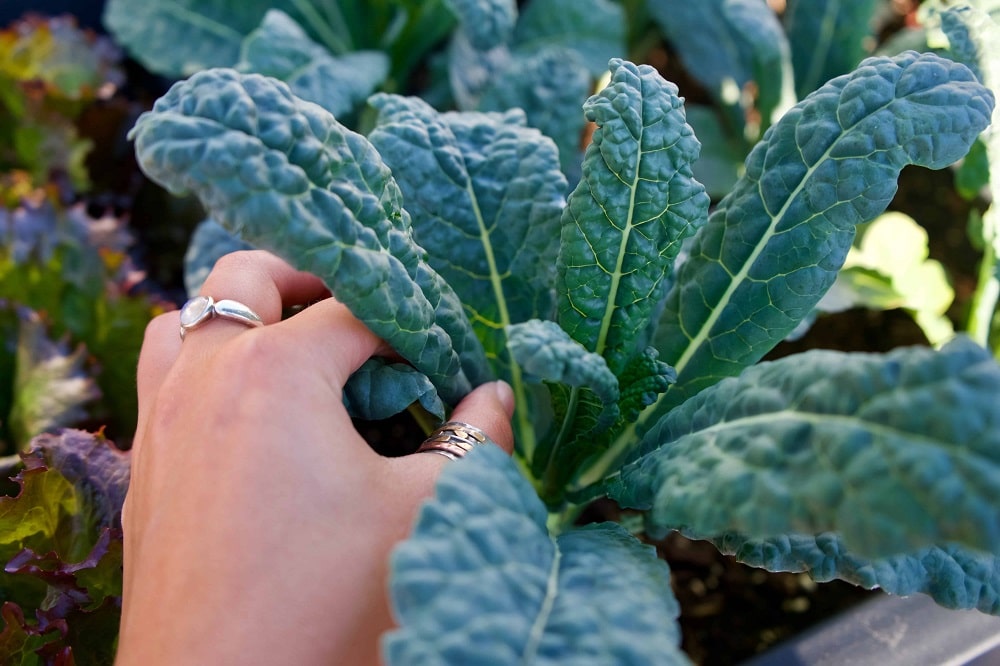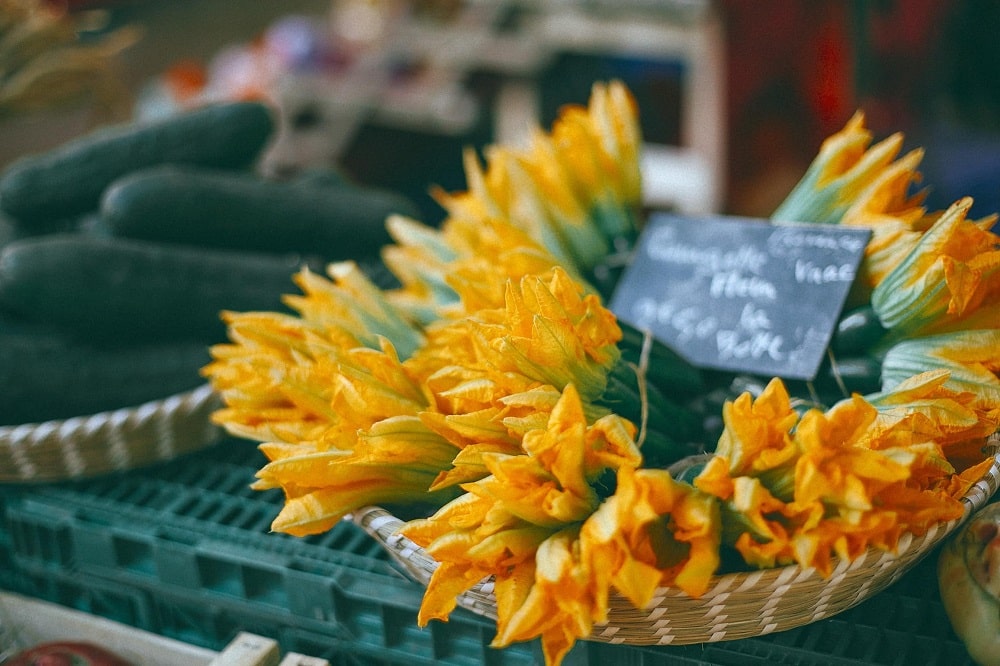30+ Most Common Vegetables in Italian
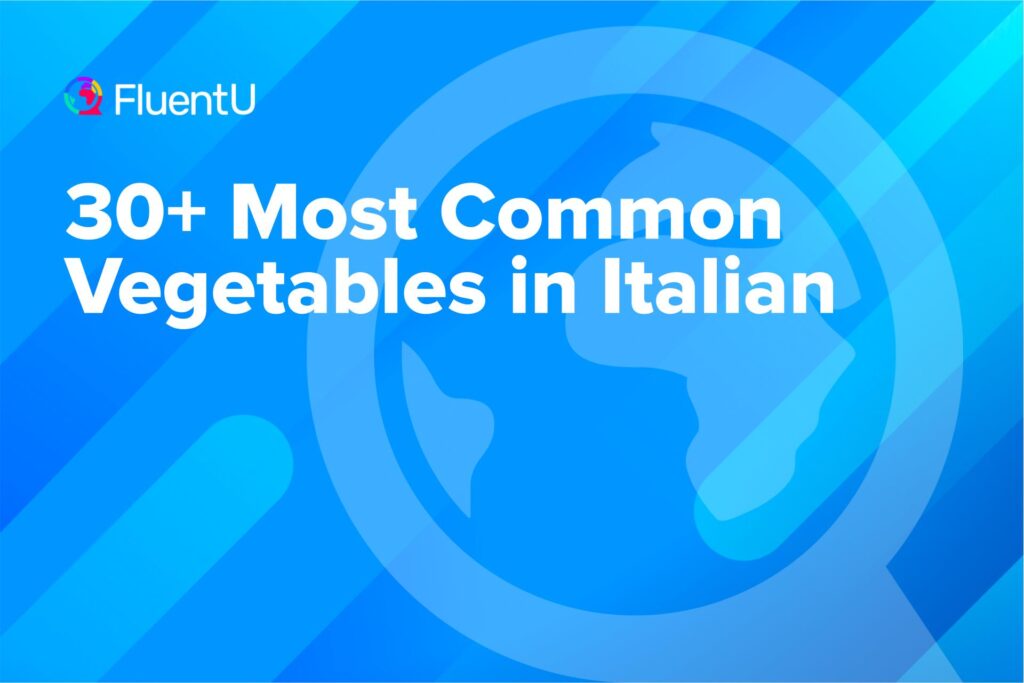
Verdure (vegetables) play a leading role in making Italian food so good.
In this post, you’ll learn the Italian names for a whole host of veggies, so that you can use them in all your food-related Italian discussions.
Download: This blog post is available as a convenient and portable PDF that you can take anywhere. Click here to get a copy. (Download)
Most Common Vegetables in Italian
These common vegetables are available at any Italian supermercato (supermarket) or fruttivendolo (greengrocer).
I’ve also found that stopping by my local mercato contadino (farmer’s market) is a great way to sample local produce and practice my Italian speaking skills.
You may notice that some of these Italian vegetable names sound like their English equivalents, but be careful: If you order a peperoni pizza in Italy, you’ll receive a pizza with bell peppers!
Additionally, some vegetable names that are singular in English are plural in Italian, like asparagi (asparagus) and spinaci (spinach).
| Italian | English |
|---|---|
| Aglio | Garlic |
| Asparagi | Asparagus |
| Broccoli | Broccoli |
| Barbabietola | Beetroot, beet |
| Carota | Carrot |
| Carciofo | Artichoke |
| Cavolfiore | Cauliflower |
| Cavolo cappuccio | Green cabbage |
| Cetriolo | Cucumber |
| Cipolla | Onion |
| Fagiolini | Green beans |
| Lattuga | Lettuce |
| Melanzana | Eggplant |
| Patata | Potato |
| Peperone | Bell pepper |
| Piselli | Peas |
| Pomodoro | Tomato |
| Porro | Leek |
| Ravanelli | Radishes |
| Rucola | Arugula/rocket |
| Sedano | Celery |
| Spinaci | Spinach |
| Zucca | Squash |
| Zucchina | Zucchini |
Important Vegetables in Italy
Foodies around the world cherish Italian dishes made with common ingredients like tomatoes and eggplants. However, some of the most treasured vegetables in Italian cooking are little-known outside of Italy.
It might take some searching, but adding these vegetables to your plate will be worthwhile for both your taste buds and your knowledge of Italian culture!
Friarielli (Broccoli Rabe)
This bitter green may look like your standard broccoli, but it’s actually a closer cousin to turnips and bok choy!
Broccoli rabe goes by many names in Italy’s different regional dialects: friarielli in Naples, cime di rapa in the Apulia region, and rapini in Tuscany, to name a few.
It’s particularly beloved in Naples, where it’s often sautéed and paired with sausage in sandwiches or on pizza.
Peperoncino Calabrese (Calabrian Chili Pepper)
These small but fiery peppers from the sun-kissed Calabria region rank at 15,000 to 30,000 Scoville units (a little spicier than a Serrano chili).
They add heat and heartiness to Calabrian staples like ‘nduja, a spreadable sausage. I’m also a fan of bomba calabrese, a spicy chili sauce I first tasted while visiting relatives in small-town Calabria.
Cicoria (Chicory)
If you’ve never eaten it before, bitter chicory could be a bit of an acquired taste. In Italy, however, it’s valued for its versatility—the entire chicory plant is edible!
While its leaves can be enjoyed both raw and cooked, the roots have long been toasted, ground and brewed as a coffee substitute. Even those pretty purple flowers can be eaten raw in salads.
Chicory is also an excellent source of dietary fiber and vitamins A, C and K.
Finocchio (Fennel)
Just like chicory, the flowering fennel plant is entirely edible! Italians serve the crisp fennel bulbs (pictured on the right) in salads, stews and gratins.
Fennel flowers, seeds and leaves are also used to provide a licorice-like flavor to products like finocchiona (a Tuscan salami) and fennel liqueur.
Cavolo Nero (Tuscan Kale)
Kale may be a trend in the English-speaking world, but it’s been a staple of Tuscan cuisine for centuries.
This sturdy vegetable is known as cavolo nero (literally “black cabbage”) in Italian and is often used in ribollita, a hearty vegetable stew with beans and leftover bread.
Fiori di Zucca / Fiori di Zucchina (Squash Blossoms)
The delicate yellow-orange flowers of the zucchini plant are a much-loved delicacy throughout Italy.
Although they’re usually battered and fried, I also enjoy eating oven-roasted squash blossoms stuffed with ricotta and mozzarella. Che buoni (how delicious)!
How to Learn Vegetables in Italian
Even if you can’t make it to an Italian mercato for a combination vocab practice session and grocery shopping trip, there are many ways to grow your newfound veggie vocabulary! These include:
- Watching instructional videos or listening to vegetable-related songs in Italian
- Using vocabulary flashcards to practice and learn Italian vegetable names
- Checking out Italian children’s books about vegetables
- Consulting Italian-language seasonal produce charts to find out which vegetables are currently in season where you live
- Reading (and making!) vegetable-based Italian recipes from websites like La Cucina Italiana and Il Cucchiaio d’Argento
To help you learn Italian vegetables in context, you can also watch Italian TV shows and movies that use these words.
Not sure which ones include your vocabulary terms? You can use FluentU to search real Italian video clips that include specific topics or words.
The FluentU language learning program uses authentic videos, interactive subtitles, flashcards and personalized quizzes to help you learn Italian in context—and learning words in a useful context means you’re more likely to remember them later.
FluentU takes authentic videos—like music videos, movie trailers, news and inspiring talks—and turns them into personalized language learning lessons.
You can try FluentU for free for 2 weeks. Check out the website or download the iOS app or Android app.
P.S. Click here to take advantage of our current sale! (Expires at the end of this month.)
In addition to being healthy and yummy, the vegetables used in Italian cuisine provide a great glimpse into what makes Italian food so special—fresh ingredients prepared simply but masterfully, allowing tastes and textures to really shine.
Stocking up on Italian vegetable vocabulary is a wonderful way to whet your language-learning appetite, and it might just help you add some fabulous new flavors to your own dinner table.
